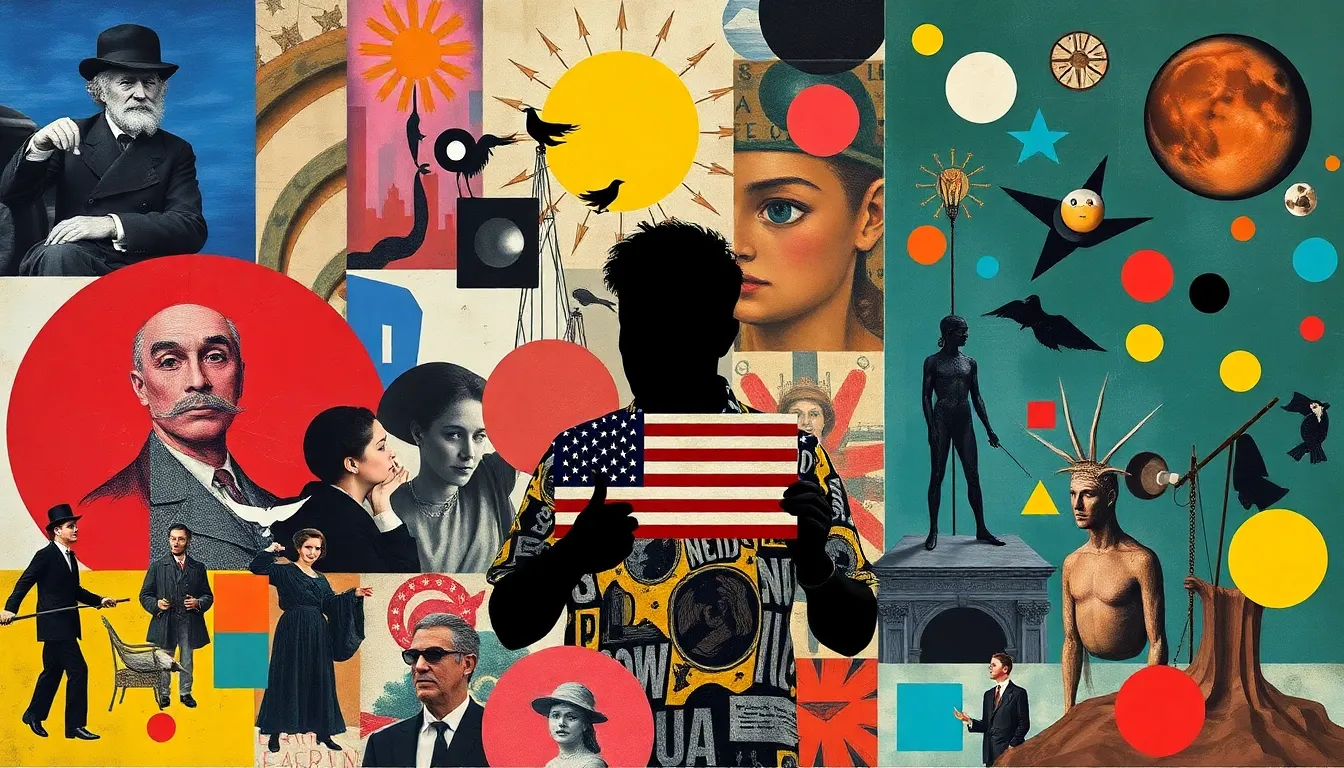Table of Contents
ToggleIn a world overflowing with ideas, concept remixing is the secret sauce that transforms the ordinary into the extraordinary. Imagine taking a classic recipe and adding a dash of something unexpected—like bacon in a chocolate cake. That’s the magic of remixing! It’s where creativity meets innovation, and the results can be nothing short of spectacular.
Understanding Concept Remixing
Concept remixing serves as an innovative approach to creativity. This technique combines existing ideas to form something entirely new and impactful.
Definition of Concept Remixing
Concept remixing refers to the process of taking established concepts and blending them to create fresh perspectives. This practice draws inspiration from various sources, allowing creators to generate unique combinations. For instance, an artist might fuse elements of classical music with contemporary styles. This blending opens doors to new possibilities and enriches artistic expression.
Importance in Creative Fields
In creative fields, the significance of concept remixing cannot be understated. This method enhances problem-solving skills by offering alternative viewpoints. Visual artists, writers, and designers often use concept remixing to refresh their work and attract audiences. Research shows that innovation thrives in environments that encourage diverse ideas. Such practices result in groundbreaking changes that resonate across industries, making concept remixing essential for continued growth and development.
The Evolution of Concept Remixing

Concept remixing has evolved significantly over time, reshaping how creativity and innovation manifest across various fields. Understanding its historical context and key influencers helps illuminate its impact.
Historical Context
Concept remixing traces back to ancient practices, where blending ideas occurred naturally. The Renaissance period marked a turning point, with artists and thinkers drawing from classical works to spark new creations. In the 20th century, movements like Dadaism and Surrealism pushed boundaries by juxtaposing distinct concepts. The digital age further propelled this notion, enabling rapid sharing and collaboration across platforms. Online communities now exchange diverse perspectives, fostering a culture conducive to remixing. Creativity flourishes through these interactions, allowing individuals to build on one another’s work and break traditional molds.
Influential Figures in Concept Remixing
Numerous figures have shaped the landscape of concept remixing. Artists like Andy Warhol redefined boundaries, employing repetition and appropriation techniques. Authors such as Jorge Luis Borges played with metafiction, blending narrative forms to challenge perceptions. In the tech realm, Steve Jobs emphasized merging technology with design, creating innovative products. Music producers like Danger Mouse exemplified remixing by merging genres, leading to fresh sounds. Each of these individuals contributed uniquely, demonstrating how remixing transcends disciplines and sparks broader cultural movements.
Methods of Concept Remixing
Concept remixing employs various methods to foster creativity. Techniques like brainstorming and mind mapping facilitate the generation of new ideas. Brainstorming encourages the free flow of thoughts, leading to unconventional connections. Mind mapping visually organizes concepts, allowing for the exploration of relationships between them.
Various tools and resources support the concept remixing process. Digital platforms like Pinterest and Behance serve as inspiration hubs, showcasing innovative ideas. Software applications such as Adobe Creative Suite offer powerful capabilities for design and editing. Collaborative tools, such as Miro and Trello, enhance teamwork, enabling contributors to share and refine concepts efficiently. Access to these tools and resources enhances the ability to create unique and engaging projects.
Examples of Concept Remixing
Concept remixing appears in various fields, showcasing creativity through unique blends of established ideas.
Case Studies in Art
Many artists embrace concept remixing. For instance, Shepard Fairey’s “Hope” poster combines the iconic image of Barack Obama with retro design elements, creating powerful visual commentary. Often, artists like Banksy juxtapose socially relevant themes with traditional motifs, encouraging viewers to rethink their perceptions. Additionally, mashups in music present another example. The combination of different styles generates new auditory experiences, leading to innovative genres, such as mash-up and hybrid. This blending technique drives artistic evolution, enabling profound connections with diverse audiences.
Applications in Marketing and Advertising
In marketing, concept remixing thrives. Brands harness popular culture references to create memorable campaigns. For example, Snickers successfully utilized retro advertisements and modern memes in their “You’re not you when you’re hungry” campaign, resonating with various demographics. Marketers also adapt visuals from famous movies or iconic music to forge connections with consumers, enhancing brand recognition. Furthermore, brands, like Nike, remix motivational quotes from sports legends, creating a sense of community and inspiration. This approach not only energizes messaging but also cultivates consumer loyalty, making concept remixing a vital tool in advertising strategies.
Challenges and Criticisms
Concept remixing faces unique challenges and criticisms that affect its practice.
Ethical Considerations
Concerns about intellectual property arise when creators blend existing works with original ideas. Copyright issues often surface, leading to disputes over ownership and fair use. Some critics argue that remixing may dilute the original meaning of a piece, disrespecting the creator’s intent. Artists and innovators must navigate these ethical dilemmas while balancing inspiration and originality. Respecting the origins of ideas fosters a more mindful remixing culture. Ultimately, understanding these ethical considerations enhances the integrity of creative industries.
Limitations of Concept Remixing
Despite its potential, concept remixing has inherent limitations. One major challenge involves the reliance on existing ideas, which may stifle true originality. Creators sometimes land in a repetitive cycle, resulting in works that feel derivative rather than fresh. Additionally, remixing can lead to a superficial understanding of complex themes, limiting the depth of exploration. Audience fatigue may also occur, as constant remixing can diminish the perceived value of new creations. Recognizing these limitations helps practitioners approach their work with greater awareness and intention.
Concept remixing stands as a vital force in the creative landscape. By blending established ideas and drawing inspiration from diverse sources, individuals can unlock new perspectives and innovative solutions. This practice not only enhances creativity but also fosters collaboration across various fields.
As artists, writers, and marketers continue to explore the boundaries of remixing, they contribute to a culture rich in diversity and expression. While challenges like ethical considerations and audience fatigue exist, a mindful approach to concept remixing can lead to meaningful and impactful creations. Embracing this technique can elevate ordinary concepts into extraordinary works that resonate with audiences and inspire future generations.




